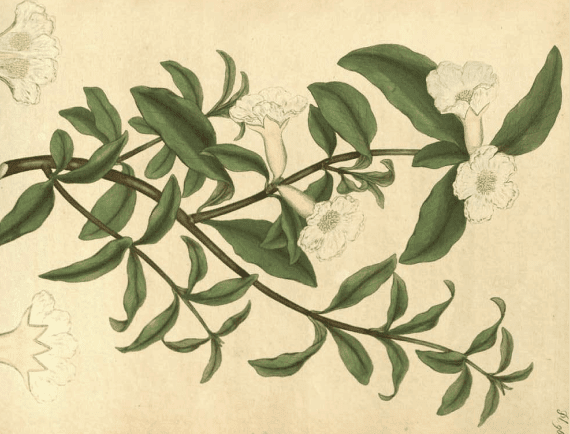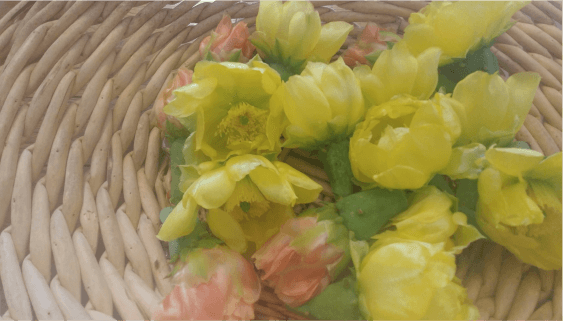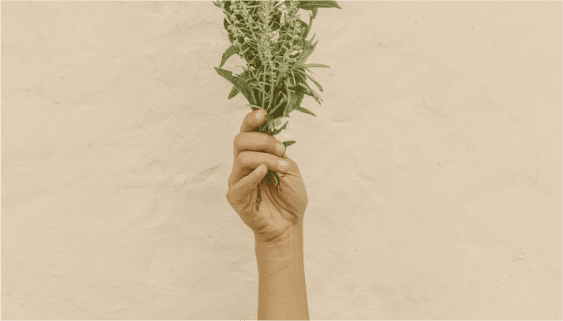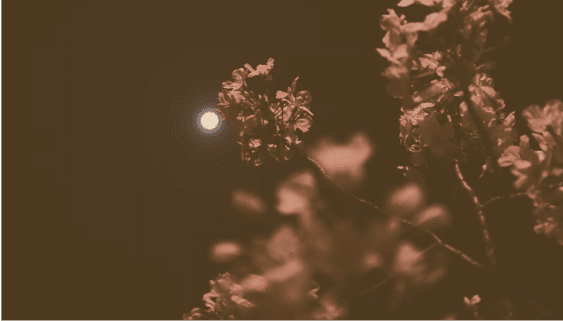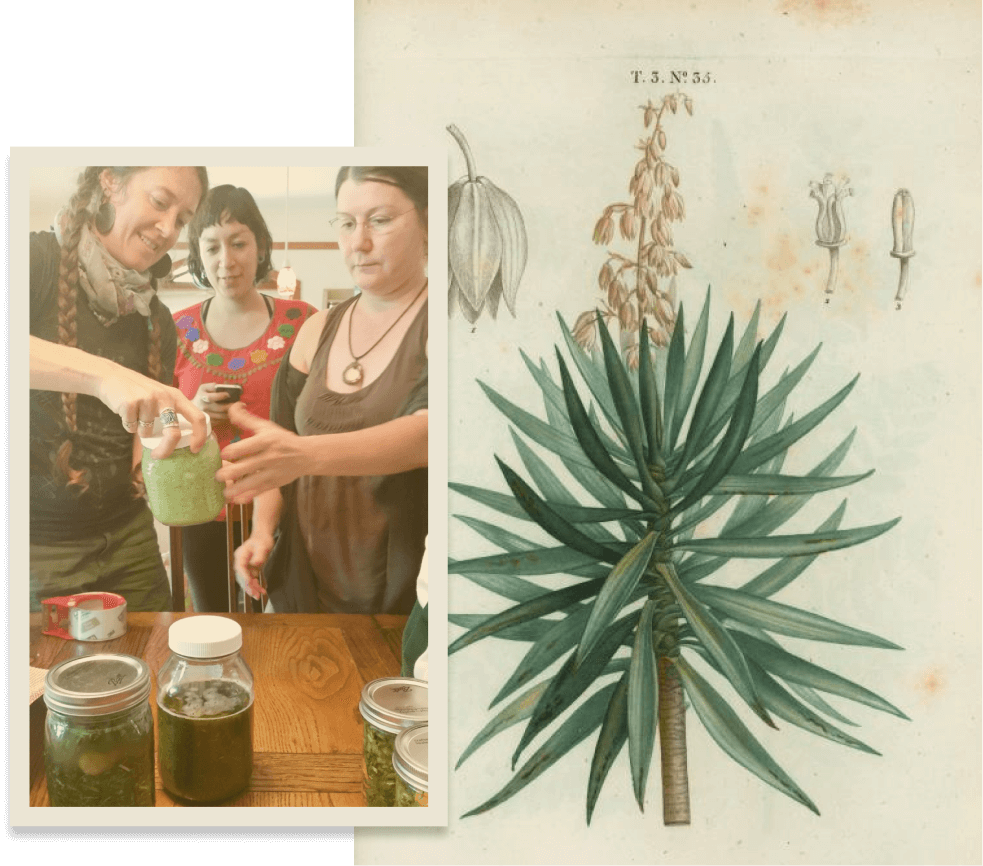Mentha sp
By Neely Ashmun
Wildflower School 2012
By Neely Ashmun
Wildflower School 2012
UUUUUuuuuuuuughhhhh.
That’s how I feel when I start to see lights in front of my
eyes. And on comes the dreaded migraine.
eyes. And on comes the dreaded migraine.
I haven’t had one in almost a year but this time it’s a
doozie. Accompanied by a nausea that can’t be calmed with food or drink, I wait
in darkness for my friends to leave the house, on their way to VIP passes at
Blues on the Green—which I’ll be missing thanks to this onslaught of pain. I
love my friends but right now I’m waiting anxiously for them to be on their
way, leaving me in soothing silence.
doozie. Accompanied by a nausea that can’t be calmed with food or drink, I wait
in darkness for my friends to leave the house, on their way to VIP passes at
Blues on the Green—which I’ll be missing thanks to this onslaught of pain. I
love my friends but right now I’m waiting anxiously for them to be on their
way, leaving me in soothing silence.
If I had diligently followed your instructions and taken my
wild mint tea every week, perhaps I could have held this killer at bay, but as
it is I’m scrambling for my peppermint
oil ointment purchased years ago in Mykonos when the dreaded beast
reared its unexpected head. After liberally rubbing it into my temples and the
back of my neck, I stumble to the kitchen to make my tea.
wild mint tea every week, perhaps I could have held this killer at bay, but as
it is I’m scrambling for my peppermint
oil ointment purchased years ago in Mykonos when the dreaded beast
reared its unexpected head. After liberally rubbing it into my temples and the
back of my neck, I stumble to the kitchen to make my tea.

Melissa
(Lemon Balm) with Corsican mint on Neely’s Mint Mountain.
(Lemon Balm) with Corsican mint on Neely’s Mint Mountain.
Not really knowing how to approach my assignment, I started
drinking the tea at the beginning of the semester. In the following weeks as I
was landscaping my yard, I covered a shady hillside with every variety of mint
sold at the Natural Gardener: Pineapple mint, Chocolate mint, Orange Mint, Apple
mint as well as the old standards of Spearmint and Peppermint. Today, in
response to my migraine, I harvested some of the Spearmint but had trouble
finding the lowgrowing peppermint underneath the taller variety. Perhaps it was
a mistake to plant them all together. “If you’ve planted more than one mint in
your garden together, you’ll soon only have one mint,” warns a fellow gardener,
referring to mint’s bad habit of genetically mixing, or so I assume.
drinking the tea at the beginning of the semester. In the following weeks as I
was landscaping my yard, I covered a shady hillside with every variety of mint
sold at the Natural Gardener: Pineapple mint, Chocolate mint, Orange Mint, Apple
mint as well as the old standards of Spearmint and Peppermint. Today, in
response to my migraine, I harvested some of the Spearmint but had trouble
finding the lowgrowing peppermint underneath the taller variety. Perhaps it was
a mistake to plant them all together. “If you’ve planted more than one mint in
your garden together, you’ll soon only have one mint,” warns a fellow gardener,
referring to mint’s bad habit of genetically mixing, or so I assume.
Aaaaaaahhhhh….the wild mint tea is starting to take effect.
Wait. I have to close my eyes for a minute to reap the maximum benefit.
Wait. I have to close my eyes for a minute to reap the maximum benefit.

Mint has been used since before recorded history as an
analgesic and pain reliever. Its mythology describes how a married Hades falls
in love with a beautiful river nymph to the enragement of his wife, Persephone.
Persephone is the maiden daughter of Demeter, Goddess of the harvest and
fruitfulness of the land, and of the love a mother bears for her child. When
her daughter was stolen away by Hades, Demetra (the Goddess in the pantheon
along with Aphrodite, Goddess of lovers of truth and beauty and Hecate of the
crossroads, that fascinates me most) in her bereavement, abandoned her post and
introduced the seasons to the world through a negotiated return of her daughter
for half the year.
analgesic and pain reliever. Its mythology describes how a married Hades falls
in love with a beautiful river nymph to the enragement of his wife, Persephone.
Persephone is the maiden daughter of Demeter, Goddess of the harvest and
fruitfulness of the land, and of the love a mother bears for her child. When
her daughter was stolen away by Hades, Demetra (the Goddess in the pantheon
along with Aphrodite, Goddess of lovers of truth and beauty and Hecate of the
crossroads, that fascinates me most) in her bereavement, abandoned her post and
introduced the seasons to the world through a negotiated return of her daughter
for half the year.
After that kind of enslavement by the god of the underworld,
it doesn’t surprise me that Persephone was pissed off when he took up with
Mentha. That she merely turned Mentha into a plant is proof of her goodness and
her fine lineage. A deprived and lustlorn Hades provided the scent and the
medicinal properties so that his lover would be valued in the world of man.
it doesn’t surprise me that Persephone was pissed off when he took up with
Mentha. That she merely turned Mentha into a plant is proof of her goodness and
her fine lineage. A deprived and lustlorn Hades provided the scent and the
medicinal properties so that his lover would be valued in the world of man.
And so she was.
The ancient Greeks rubbed wild mint into their dining
tables, perhaps as a symbol of ‘filoxenia,’ or hospitality, as it is used in
many cultures in the Mediterranean and Asian regions where it originated. It
was often used as an air freshener and the Greeks and Romans used mint as a
perfume for their baths, as an aphrodisiac and in food. (It is high in Vitamin
A and Iron. For a full nutritional analysis of Spearmint, go to http://nutritiondata.self.com/facts/spices-and-herbs/226/2.)
tables, perhaps as a symbol of ‘filoxenia,’ or hospitality, as it is used in
many cultures in the Mediterranean and Asian regions where it originated. It
was often used as an air freshener and the Greeks and Romans used mint as a
perfume for their baths, as an aphrodisiac and in food. (It is high in Vitamin
A and Iron. For a full nutritional analysis of Spearmint, go to http://nutritiondata.self.com/facts/spices-and-herbs/226/2.)
Since then, Mentha speciosa has been used in those ancient ways
as well as medicinally and even Charlemagne encouraged its use for its
therapeutic qualities. It took a foothold in English gardens in the 18th
century when the English herbalist Culpepper prescribed it as a tonic for the
stomach. Native Americans seem to have had their own varieties of mint even
prior to the infusion of the colonists’ European varieties that they used dried
or juiced–to both to repel and to alleviate the sting of their bites–fleas
and ticks (pennyroyal); for pneumonia, as a blood purifier and as a bath to
raise body temperature (catnip Nepeta
cataria); and as an external application in typhus fever, rheumatism,
deafness and cholera infantum (horsemint Monarda
sp.) [Source: Native American
Medicine, p 128 and 373).
as well as medicinally and even Charlemagne encouraged its use for its
therapeutic qualities. It took a foothold in English gardens in the 18th
century when the English herbalist Culpepper prescribed it as a tonic for the
stomach. Native Americans seem to have had their own varieties of mint even
prior to the infusion of the colonists’ European varieties that they used dried
or juiced–to both to repel and to alleviate the sting of their bites–fleas
and ticks (pennyroyal); for pneumonia, as a blood purifier and as a bath to
raise body temperature (catnip Nepeta
cataria); and as an external application in typhus fever, rheumatism,
deafness and cholera infantum (horsemint Monarda
sp.) [Source: Native American
Medicine, p 128 and 373).
With over 650 varieties of mint in the Lamiaceae
(alternately known as the Labiatae) family, I could easily fill volumes on this
one plant. While they all share general characteristics such as square stems,
opposite leaves and aromatics, the Spearmint, or Mentha spicata, a New World introduction by
colonists, “is an
anti-inflammatory, calming, mucolytic, and a tonic for the digestive system. It
has a wonderful ability, when inhaled, to create a feeling of joy and happiness
and therefore makes an excellent addition to stress relief blends. It is
indicated for all sorts of respiratory problems and chronic bronchitis.”
(alternately known as the Labiatae) family, I could easily fill volumes on this
one plant. While they all share general characteristics such as square stems,
opposite leaves and aromatics, the Spearmint, or Mentha spicata, a New World introduction by
colonists, “is an
anti-inflammatory, calming, mucolytic, and a tonic for the digestive system. It
has a wonderful ability, when inhaled, to create a feeling of joy and happiness
and therefore makes an excellent addition to stress relief blends. It is
indicated for all sorts of respiratory problems and chronic bronchitis.”
Essential oil of
Mentha piperita, or Peppermint, which seems to be a hybrid of
Spearmint and Watermint (Mentha
aquatica), contains up to 48% Menthol and up to 30% Menthone. Its
properties “are cooling,
viricide, tonic and stimulant, particularly to the heart, brain and pancreas.
It has hormone-like properties that may regulate ovarian hormones. Use of the
essential oil is indicated for insufficient liver or pancreas juices,
flatulence and belching, headache and migraine, nerve pain and purulent eczema.
It is a very good disinfectant for the air for seriously ill patients with
AIDS, senility or those with high fever. For gas in the stomach, whether human
or pets, one drop in half a glass of water, sipped slowly will do the trick.
Peppermint oil diffused will cool any room, even if it is very hot.”*
(*Guide to [325] Essential Oils, by Jeanne Rose)
Mentha piperita, or Peppermint, which seems to be a hybrid of
Spearmint and Watermint (Mentha
aquatica), contains up to 48% Menthol and up to 30% Menthone. Its
properties “are cooling,
viricide, tonic and stimulant, particularly to the heart, brain and pancreas.
It has hormone-like properties that may regulate ovarian hormones. Use of the
essential oil is indicated for insufficient liver or pancreas juices,
flatulence and belching, headache and migraine, nerve pain and purulent eczema.
It is a very good disinfectant for the air for seriously ill patients with
AIDS, senility or those with high fever. For gas in the stomach, whether human
or pets, one drop in half a glass of water, sipped slowly will do the trick.
Peppermint oil diffused will cool any room, even if it is very hot.”*
(*Guide to [325] Essential Oils, by Jeanne Rose)
“Peppermint oil…inhibits gastrointestinal smooth muscle
action in both laboratory animal preparations and in humans. Clinically, it has
been used to reduce colonic spasm during endoscopy…and an enteric coated
peppermint oil capsule has been used to treat irritable bowel syndrome. Enteric
coating is necessary because menthol and other volatile compounds are rapidly
absorbed. (Source: Encyclopedia of
Natural Medicine.)
action in both laboratory animal preparations and in humans. Clinically, it has
been used to reduce colonic spasm during endoscopy…and an enteric coated
peppermint oil capsule has been used to treat irritable bowel syndrome. Enteric
coating is necessary because menthol and other volatile compounds are rapidly
absorbed. (Source: Encyclopedia of
Natural Medicine.)
The Coriscan mint I planted between the pavers in my garden
is quite tiny, like mint for little fairies. It is used to make the French
digestif, Crème do Menthe. Pennyroyal (Mentha pulegium) has a strong, almost
resinous flavor and is used as an emmenagogue and as an insect repellant.
American False Pennyroyal (Hedeoma pulegioides) is used similarly as its
volatile oil contains a liquid ketone identical to its European cousin. (Source:
http://www.henriettesherbal.com/eclectic/bpc1911/hedeoma.html
)
is quite tiny, like mint for little fairies. It is used to make the French
digestif, Crème do Menthe. Pennyroyal (Mentha pulegium) has a strong, almost
resinous flavor and is used as an emmenagogue and as an insect repellant.
American False Pennyroyal (Hedeoma pulegioides) is used similarly as its
volatile oil contains a liquid ketone identical to its European cousin. (Source:
http://www.henriettesherbal.com/eclectic/bpc1911/hedeoma.html
)
Several species of Monarda, also members of the Lamiaceae
family, like Bee Balm or Horsemint, are native to Central Texas and have been
used by herbalists for everything from disinfectant to furniture polish. (http://weedcrafter.blogspot.com/search/label/Horsemint)
family, like Bee Balm or Horsemint, are native to Central Texas and have been
used by herbalists for everything from disinfectant to furniture polish. (http://weedcrafter.blogspot.com/search/label/Horsemint)
One
variety, “the Japanese mint Mentha arvensis var.
piperescens contains over 90% menthol.”
variety, “the Japanese mint Mentha arvensis var.
piperescens contains over 90% menthol.”

Spearmint, Chocolate
mint, Pineapple mint, Peppermint, Orange mint, Apple mint on Neely’s Mint
Mountain.
mint, Pineapple mint, Peppermint, Orange mint, Apple mint on Neely’s Mint
Mountain.
The chemical composition of their essential
oils vary, but they all contain terpenes (organic compounds produced by plants
like conifers and some insects like termites and swallowtail butterflies) and
are major bio synthetic building blocks within every creature. Terpenes are
released by trees in warm weather to seed clouds, allowing the forests to
regulate the temperature of their environment.
oils vary, but they all contain terpenes (organic compounds produced by plants
like conifers and some insects like termites and swallowtail butterflies) and
are major bio synthetic building blocks within every creature. Terpenes are
released by trees in warm weather to seed clouds, allowing the forests to
regulate the temperature of their environment.
The essential oils also contain Menthol, a
waxy, crystalline substance with known anesthetic and counter irritant
qualities that is widely used to relieve minor throat pain. “Menthol
also acts as a weak kappa opioid receptor agonist (Source Wikipedia)” that bind opium like compounds in
the brain and are responsible for mediating the effects of these compounds that
include altering the perception of pain, consciousness, motor control, and
mood. Kappa opioid receptors, and perhaps Menthol, may have therapeutic
potential in the treatment of addiction.
waxy, crystalline substance with known anesthetic and counter irritant
qualities that is widely used to relieve minor throat pain. “Menthol
also acts as a weak kappa opioid receptor agonist (Source Wikipedia)” that bind opium like compounds in
the brain and are responsible for mediating the effects of these compounds that
include altering the perception of pain, consciousness, motor control, and
mood. Kappa opioid receptors, and perhaps Menthol, may have therapeutic
potential in the treatment of addiction.
What a plant. I love it because my migraine
is gone. Truly, it is a gift of the Gods.
is gone. Truly, it is a gift of the Gods.

Menthol
Crystal (Source: Patterns in Nature, p 28)
Crystal (Source: Patterns in Nature, p 28)

Orange
mint and Peppermint with Sarsaparilla on Neely’s Mint Mountain
mint and Peppermint with Sarsaparilla on Neely’s Mint Mountain
 Pennyroyal
Pennyroyalon Neely’s Mint Mountain.

Neely’s
Mint Mountain from above.
Mint Mountain from above.
Sources:
Native American
Medicine, p 128 and 373
Medicine, p 128 and 373
Encyclopedia of
Natural Medicine, p 611
Natural Medicine, p 611
Patterns
in Nature, p 28
in Nature, p 28
